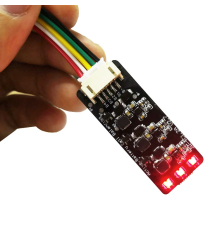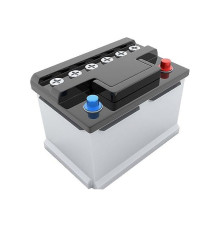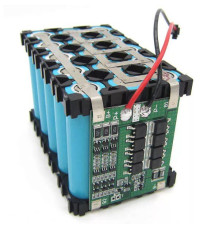Features of lithium batteries
Lithium batteries - certainly have advantages over lead-acid batteries. Among the advantages I would like to highlight:
- No memory effect;
- Higher energy density per unit mass;
- High charge rate.
But along with the advantages of lithium batteries, there are also disadvantages. Lithium batteries, so to speak, are very delicate and very demanding on operating conditions. They are contraindicated:
- High currents;
- Voltage drops;
- Short circuits;
- Recharge;
- Deep discharge.
For example, overcharging a battery can cause a cell to short out. This is due to the stable metal bonds between the cathode and anodes in the cell. Which leads, at a minimum, to the failure of: the cell, the battery as a whole, the charger or the charging circuits of the UPS / Inverter. And as a maximum, overcharging can lead to fire or explosion.
BMS functionality of protection boards
To avoid such situations, during the operation of lithium batteries, it is necessary to constantly monitor the currents and voltages of the charge / discharge of the battery. A person cannot keep track of everything. To solve these problems, the BMS protection module was developed.
BMS (Battery Management System) - battery management system (protection board, protection system ...). Consider the tasks solved by the BMS system:
- Control of the battery charging process (current, voltage);
- Control of the battery discharge process (current, voltage);
- Battery protection (against short circuit, overheating, high currents, deep discharges and overcharges);
- Control of the state of cells (cans) in the battery;
- Balancing cells in a battery.
Types of BMS protection boards
From the above, it is clear that the BMS board has a lot of tasks to solve. It is worth noting that boards from different manufacturers may not provide all the functionality listed above. The range of BMS protection boards can be divided into types:
- Security devices (symmetrical and non-symmetrical type);
- Balancing devices (active and passive types);
- Complex devices that combine various functionalities.
- Complex Smartdevices equipped with a system of visual control of parameters and allowing these very parameters to be changed.
Structure of BMS protection boards
The classic board layout includes:
- Power controller;
- Power mosfets (transistors) for switching;
- Decoupling circuits for balancing;
- Peripheral control devices (temperature meters).
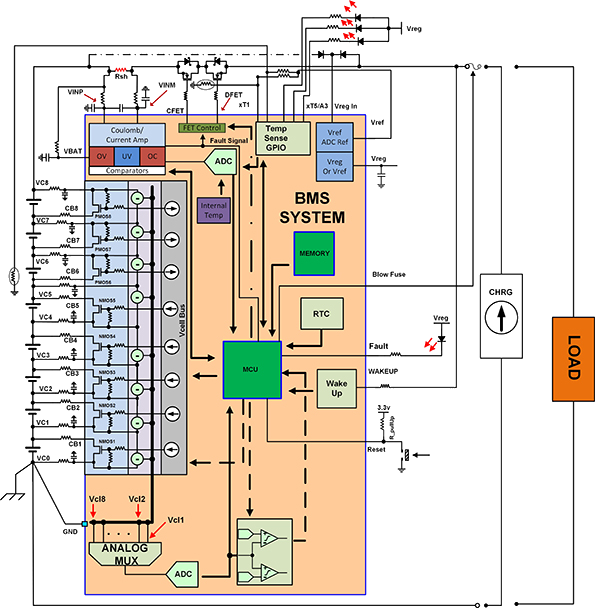
BMS protection connection diagram
Depending on the type of BMS board itself and its functionality, boards can be connected in several ways. I would like to highlight two of them.
Symmetrical connection (charging and discharging the battery through the same connector):
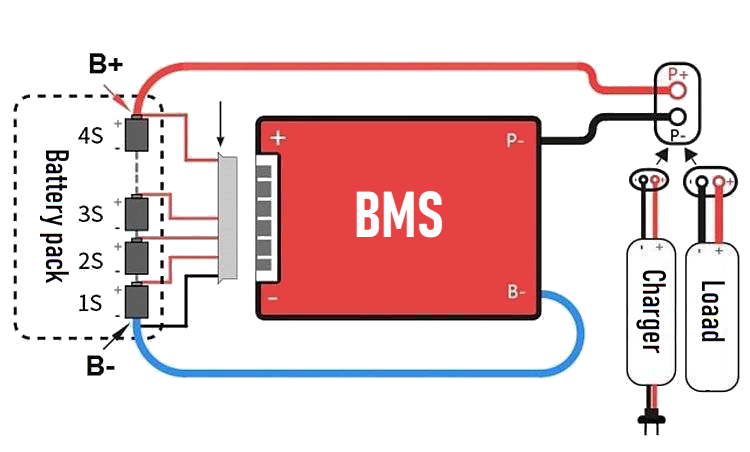
Asymmetrical connection (charging and discharging of the battery is carried out through different connectors):
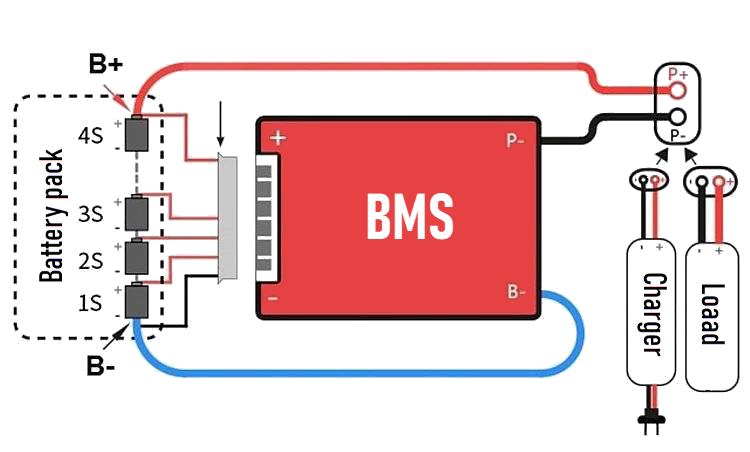
Conclusion
In lithium batteries (assemblies), the use of BMS protection boards is mandatory. BMS boards ensure the safe operation of both your lithium batteries and the devices that power those batteries.
1 reviews / Write a review




/Li-Ion_12V_13Ah_(3s4p)_1-220x230.png)
/Li-Ion_12V_21Ah_(3s7p)_1-220x230.png)
/Li-Ion_12V_34Ah_(3s10p)_1-220x230.jpg)
